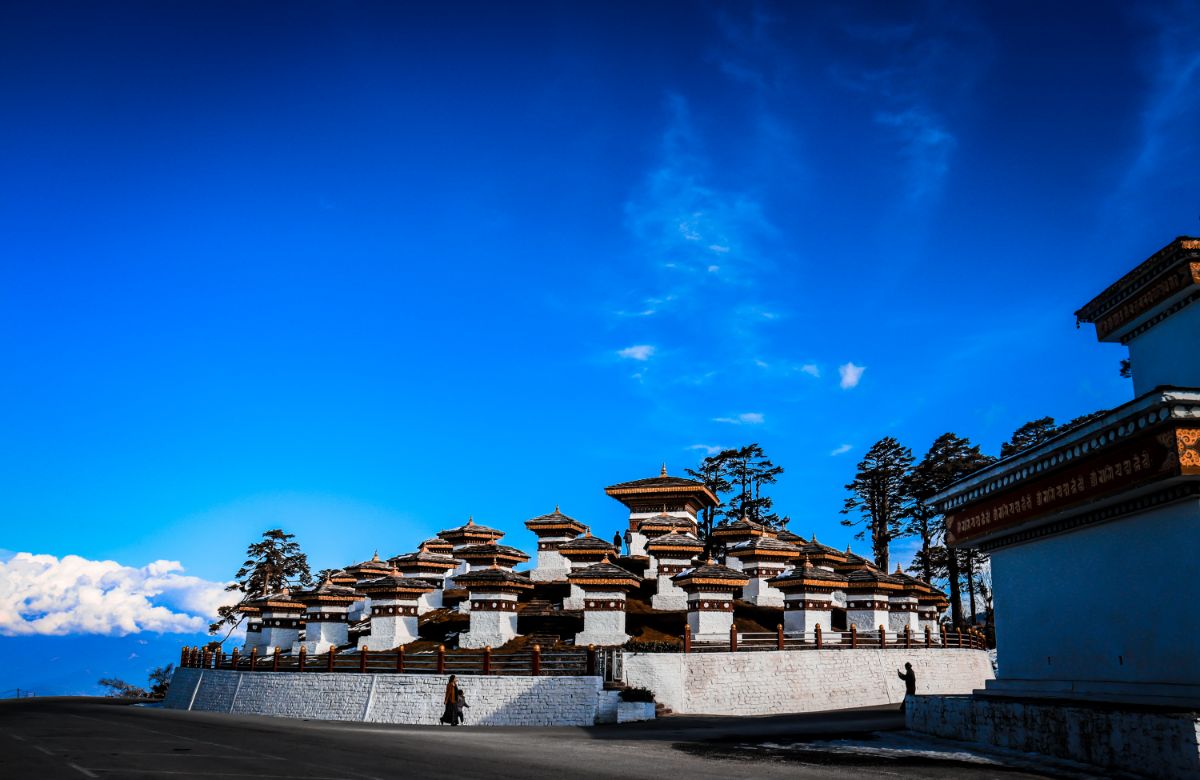+975 77 73 17 98
[email protected]

KINLEY DORJI, Proprietor and Managing Director of trusted tours, is a graduate from Hult university in San Fransisco,USA. He has traveled widely throughout Southeast Asia, southern america and the United States, making him very familiar with Western standards. Kinley is pleased to share his knowledge of everything Bhutanese and is available to help you customize your trek or cultural tour.TT features knowledgeable, professionally trained guides who are eager to meet the needs of your clients.
Our commitment is to provide you with the trip of a lifetime to create for you a lifetime of memories. In organizing your trip, we will not make promises we cannot keep. This is one reason past clients recommend us so highly. Many of our first time and repeat clients are happy to talk with you by phone or e-mail and share their experience of TT and Bhutan.
So join us in exploring the vibrant Bhutanese culture, where Buddhism permeates every aspect of daily life. The majestic Himalayan snow peaks, virgin forests, exquisite architecture and friendly people are just a few reasons Bhutan has been called the world of last Shangria La.
TRUSTED TOURS is a Bhutanese culture and nature tour company. It is based in Paro. The tour company is registered with the Tourism council of Bhutan and is a member of Association of Bhutanese Tour operators (ABTO).

